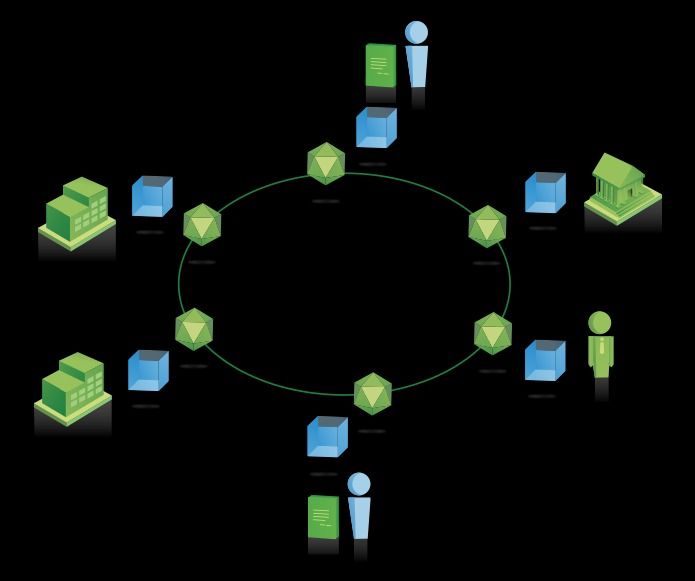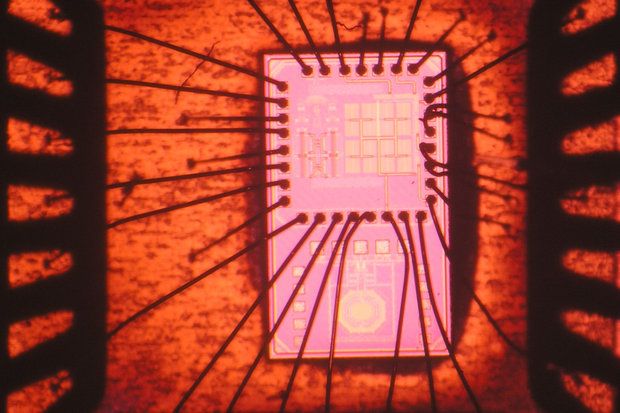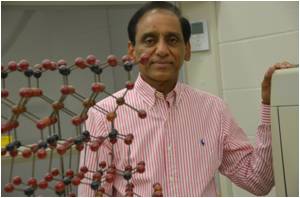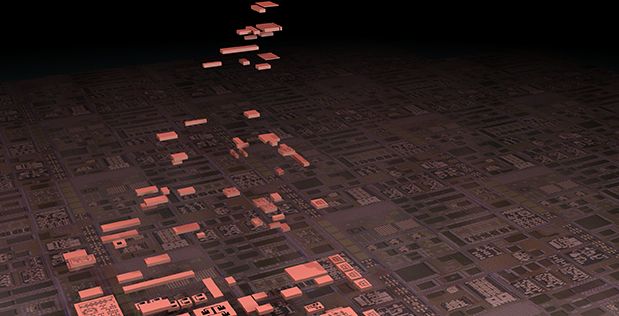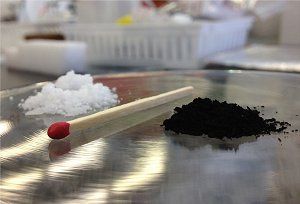Page 11324
Jul 19, 2016
Post-Quantum Cryptography Aims To Fend Off Advanced Hack Attacks
Posted by Karen Hurst in categories: cybercrime/malcode, encryption, internet, quantum physics
Luv it; more believers.
Quantum computers promise to enable faster, far more complex calculations than today’s silicon chip-based computers. But they also raise the possibility that future computers could retroactively break the security of any digital communications that exist today, which is why Google is experimenting with something called “post-quantum cryptography.”
While quantum computer development remains in its early stages, some such computers are already in operation. In theory, future generations of quantum computers could “decrypt any Internet communication that was recorded today, and many types of information need to remain confidential for decades,” software engineer Matt Braithwaite wrote yesterday in a post on Google’s security blog. “Thus even the possibility of a future quantum computer is something that we should be thinking about today.”
Continue reading “Post-Quantum Cryptography Aims To Fend Off Advanced Hack Attacks” »
Jul 19, 2016
Weird quantum effects travel over hundreds of miles
Posted by Karen Hurst in categories: particle physics, quantum physics
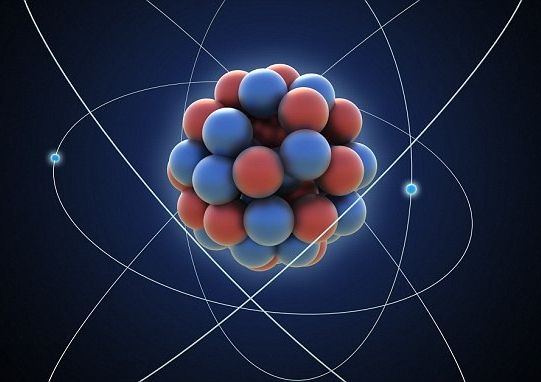
I shared this yesterday; however, another article with another spin (no pun intended)
Working at the Massachusetts Institute of Technology’s (MIT) Fermilab physics laboratory in Illinois, a team of physicists studied the states of neutrinos, among the smallest components of an atom.
Continue reading “Weird quantum effects travel over hundreds of miles” »
Jul 19, 2016
DARPA tackling reusable, modular chipset technology
Posted by Karen Hurst in categories: computing, electronics
More information on DARPA’s efforts in build new interface standards for modular design & practical circuit blocks.
Is it possible to develop chip technology that combines the high-performance characteristics of ASICS with the speedy, low-cost features of printed circuit boards?
Scientists at the Defense Advanced Research Projects Agency this week said they were looking for information on how to build interface standards that would enable modular design and practical circuit blocks that could be reused to greatly shorten electronics development time and cost.
Continue reading “DARPA tackling reusable, modular chipset technology” »
Jul 19, 2016
Is MIND-CONTROL the future of warfare?
Posted by Karen Hurst in categories: computing, drones, military, neuroscience, robotics/AI

Although BMI is nothing new; I never get tired of highlighting it.
Now the group has come up with a way for one person to control multiple robots.
Jul 19, 2016
Can Synthetic Clays Save the World from Nuclear Waste Pollution?
Posted by Karen Hurst in category: materials
Another option to a really old problem.
‘Specially structured synthetic clays capable of immobilizing radioactive species by ion exchange has been developed by Sridhar Komarneni, a materials scientist and Distinguished Professor of Clay Mineralogy.’
According to our best theories of physics, the universe is a fixed block where time only appears to pass. Yet if the flow of time is an illusion, how do we account for the distinction between past, present and future? In June, 60 physicists gathered for four days at the Perimeter Institute for Theoretical Physics to debate this another questions about the mysteries of time.
Jul 19, 2016
Another Big Shrink: Tiling Chiplets into Next-Generation Microsystems
Posted by Klaus Baldauf in categories: computing, robotics/AI, transportation
Open the hood of just about any electronic gadget and you probably will find printed circuit boards (PCBs)—most often in a leaf-green color—studded with processing, memory, data-relaying, graphics, and other types of chips and components, all interconnected with a labyrinth of finely embossed wiring. By challenging the technology community to integrate the collective functions hosted by an entire PCB onto a device approaching the size of a single chip, DARPA’s newest program is making a bid to usher in a fresh dimension of technology miniaturization.
“We are trying to push the massive amount of integration you typically get on a printed circuit board down into an even more compact format,” said Dr. Daniel Green, manager of the new program, whose acronym, “CHIPS,” is itself a typographic feat of miniaturization; the program’s full name is the Common Heterogeneous Integration and Intellectual Property (IP) Reuse Strategies Program. “It’s not just a fun acronym,” Green said. “The program is all about devising a physical library of component chips, or chiplets, that we can assemble in a modular fashion.”
A primary driver of CHIPS is to develop a novel, industry-friendly architectural strategy for designing and building new generations of microsystems in which the time and energy it takes to move signals—that is, data—between chips is reduced by factors of tens or even hundreds. “This is increasingly important for the data-intensive processing that we have to do as the data sets we are dealing with get bigger and bigger,” Green said. Although the program does not specify applications, the new architectural strategy at the program’s heart could open new routes to computational efficiencies required for such feats as identifying objects and actions in real-time video feeds, real-time language translation, and coordinating motion on-the-fly among swarms of fast-moving unmanned aerial vehicles (UAVs).
Jul 19, 2016
Atomic data storage is still way off from practicality — 500 Terabits per square inch at −196˚C in a vacuum chamber
Posted by Klaus Baldauf in categories: computing, particle physics

Every day, modern society creates more than a billion gigabytes of new data. To store all this data, it is increasingly important that each single bit occupies as little space as possible. A team of scientists at the Kavli Institute of Nanoscience at Delft University managed to bring this reduction to the ultimate limit: they built a memory of 1 kilobyte (8,000 bits), where each bit is represented by the position of one single chlorine atom.
“In theory, this storage density would allow all books ever created by humans to be written on a single post stamp”, says lead-scientist Sander Otte.
Jul 19, 2016
Naftalina viabiliza computador quântico a temperatura ambiente
Posted by Bruno Henrique de Souza in category: materials
Computadores qu nticos a temperatura ambiente.
É aí que entra a naftalina — mais especificamente, o material resultante da queima do naftaleno. A combustão gera um material à base de carbono, um pó fino que pode ser disperso em solventes como água ou etanol e depositado diretamente sobre uma pastilha de silício — depois de seco e visto ao microscópio o material se transforma em uma série de nanoesferas.
Bálint Náfrádi, da Universidade Politécnica Federal de Lausane, na Suíça, juntamente com colegas da Austrália e da Alemanha, descobriu que esse material consegue manter estáveis os spins dos elétrons em seu interior por até 175 nanossegundos — considera-se que a computação qu ntica pode se tornar prática a temperatura ambiente com qubits que sejam estáveis por mais do que 100 nanossegundos.
Continue reading “Naftalina viabiliza computador quântico a temperatura ambiente” »
